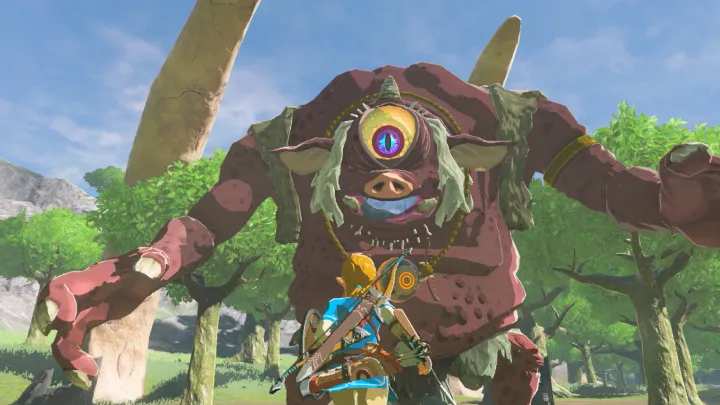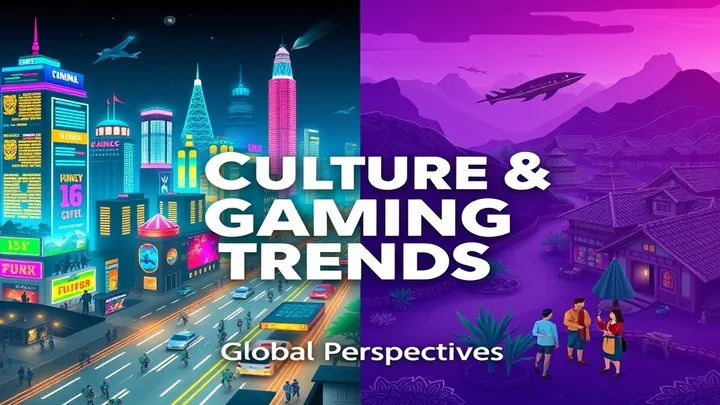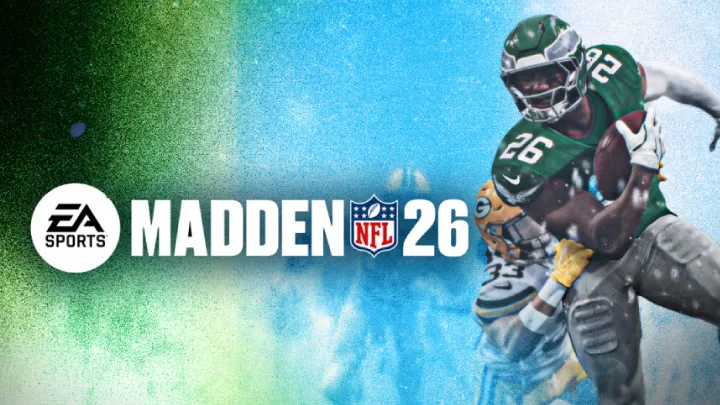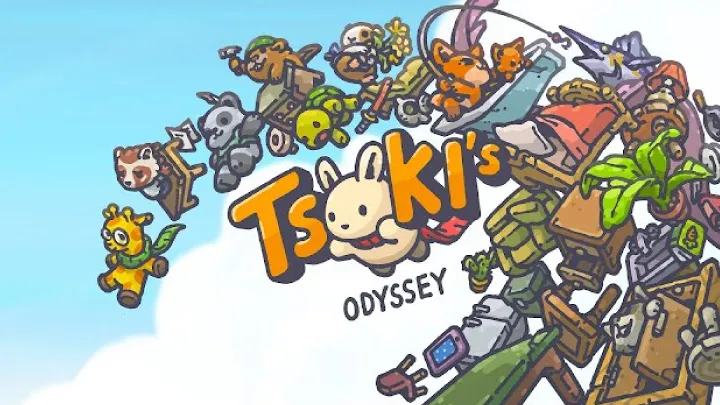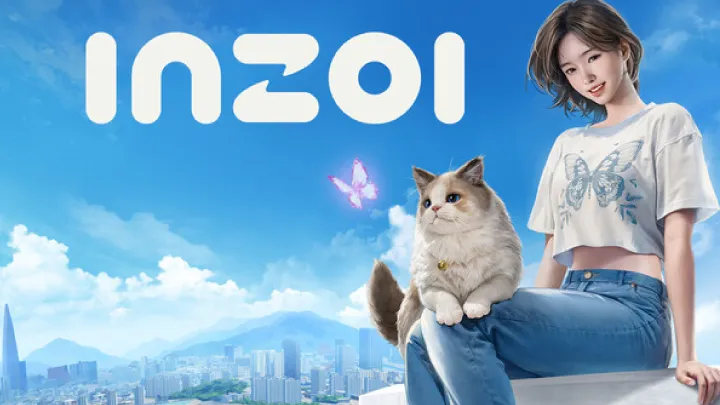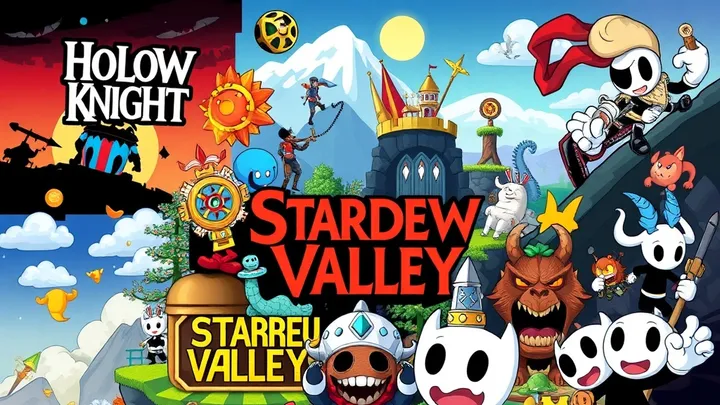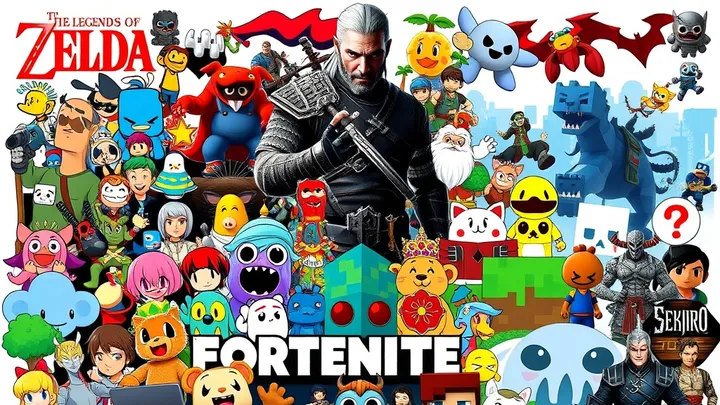The Legend of Zelda: Breath of the Wild – Exploring the Open World Design and Its Impact on Gameplay
The Legend of Zelda: Breath of the Wild redefined what an open-world game could be, setting a new standard in game design and player freedom. Released in 2017, it received widespread acclaim for its vast landscapes, intricate mechanics, and innovative approach to exploration. This article delves into the specifics of Breath of the Wild's open world design, examining how it enhances player experience, the challenges it poses, and its influence on the gaming landscape. We will explore key elements such as environmental interaction, player agency, and the balance of challenge and discovery.
The Vastness of Hyrule's Open World
Expansive Environments
Breath of the Wild presents players with a sprawling version of Hyrule that is unlike any previous iteration. The game’s world is meticulously crafted, featuring diverse biomes, from lush forests and rugged mountains to arid deserts and snowy peaks. Each area is replete with its unique flora and fauna, which not only beautifies the landscape but also contributes to the gameplay mechanics.
Biomes and Their Significance
- The Great Plateau: The starting area, serving as a tutorial zone that introduces players to core mechanics.
- Hyrule Field: A central hub that connects other regions, filled with ruins and remnants of past civilizations.
- Hebra Mountains: A cold region that requires players to manage their temperature, introducing survival elements.
This variety encourages players to explore every inch of the map, rewarding curiosity with secrets, treasures, and unique challenges.
Verticality and Exploration
One of the game’s standout features is its verticality. Players can ascend mountains, cliffs, and towers, providing a three-dimensional aspect to exploration. This design invites players to think creatively about navigation and encourages them to seek out vantage points.
Climbing Mechanics
- Stamina Management: Climbing consumes stamina, requiring players to carefully plan their ascents.
- Reinforcements: Players can find climbing gear and stamina-restoring items to aid in their exploration.
The ability to climb almost anywhere creates an exhilarating sense of freedom, allowing players to approach challenges from multiple angles.
Environmental Interaction
Dynamic Physics Engine
Breath of the Wild employs a robust physics engine that allows for intricate interactions with the environment. Players can manipulate objects, create chain reactions, and utilize environmental elements in creative ways.
Examples of Environmental Interaction
- Weapon and Object Use: Players can pick up and throw objects, use them as weapons, or create makeshift tools.
- Elemental Reactions: Fire can spread to grass, causing wildfires, while rain can extinguish flames or make surfaces slippery.
These interactions not only enhance gameplay but also encourage experimentation, making each encounter unique.
Weather and Time Systems
The game's dynamic weather system affects gameplay in significant ways. Rain can make surfaces slippery, limiting climbing, while thunderstorms can cause metal weapons to attract lightning.
Impact on Strategy
- Adaptation: Players must adapt their strategies based on current weather conditions.
- Preparation: Gear and items that mitigate weather effects, such as heat-resistant elixirs or cold-weather clothing, become essential.
This realism adds depth to the exploration experience, forcing players to consider their surroundings continually.
Player Agency and Freedom
Non-linear Gameplay
Breath of the Wild breaks from the linear progression seen in previous Zelda titles, allowing players to approach challenges in any order they choose. This non-linear structure empowers players to forge their own paths.
Examples of Non-linearity
- Order of Divine Beast Challenges: Players can tackle the four Divine Beasts in any sequence, each offering different abilities that influence gameplay.
- Shrine Completion: Shrines can be completed in various orders, allowing players to prioritize challenges based on their preferences.
This freedom fosters a sense of personal investment in the game, as each player’s journey becomes unique.
Choice and Consequence
The game emphasizes player choice, with decisions impacting gameplay outcomes. For instance, players can choose to engage or avoid combat, approach quests stealthily or aggressively, and interact with NPCs in various ways.
Impactful Choices
- Quest Outcomes: Different approaches to quests can yield varying rewards or consequences, enriching the narrative experience.
- Character Interactions: The way players interact with characters can influence alliances and story arcs, leading to different gameplay experiences.
This depth of choice enhances immersion, making players feel like their actions truly matter in the game world.
Balancing Challenge and Discovery
Combat Mechanics
While exploration is a significant focus, Breath of the Wild also features a robust combat system. Players must balance their exploration with combat readiness, as enemies populate the world and can pose significant threats.
Combat Strategies
- Weapon Variety: Players can use a wide range of weapons, each with unique attributes and durability.
- Environmental Tactics: Players can utilize the environment to their advantage, such as luring enemies into explosive barrels or using elemental attacks.
This balance of combat and exploration keeps players engaged and encourages them to be strategic in their approach to both.
Rewards for Exploration
Breath of the Wild rewards exploration with various collectibles, including Korok Seeds, weapons, and armor sets. These rewards incentivize players to thoroughly investigate the world.
Types of Rewards
- Korok Seeds: Collecting these seeds allows players to expand their inventory space for weapons and items.
- Unique Armor Sets: Some armor sets provide specific bonuses, encouraging players to explore different regions to find them.
This system creates a satisfying loop of exploration and reward, ensuring that players feel accomplished for their efforts.
Influence on the Gaming Landscape
Redefining Open-World Design
Breath of the Wild’s innovative approach to open-world design has influenced countless games since its release. Its emphasis on player freedom, environmental interaction, and non-linear gameplay has set a new standard for future titles.
Examples of Influence
- Immersive Worlds: Games like Genshin Impact and Ghost of Tsushima have drawn inspiration from Breath of the Wild’s expansive environments and dynamic gameplay mechanics.
- Player Agency: The shift towards more open-ended gameplay encourages developers to create worlds that allow for player-driven experiences.
This legacy ensures that Breath of the Wild will be remembered as a milestone in gaming history.
Community Engagement and Fan Theories
The game has sparked extensive discussion within the gaming community, with fans sharing tips, strategies, and theories about the story and world. This engagement has fostered a vibrant community surrounding the game.
Popular Topics of Discussion
- Lore Exploration: Players often delve into the lore of Hyrule, discussing connections between Breath of the Wild and previous Zelda titles.
- Speedrunning: The game's mechanics have led to a thriving speedrunning community, with players competing to complete the game as quickly as possible.
This engagement adds a layer of depth to the game, extending its longevity and relevance in the gaming community.
Conclusion
The Legend of Zelda: Breath of the Wild revolutionized the open-world genre, offering players an unprecedented level of freedom and interaction. Its expansive environments, dynamic mechanics, and emphasis on player agency create a rich and immersive experience that has set a new standard in gaming. As players navigate the diverse landscapes of Hyrule, they are not just participants in a story; they are architects of their own adventure. The game’s influence continues to resonate within the industry, inspiring future developers to embrace the principles of exploration, choice, and discovery that Breath of the Wild embodies.








